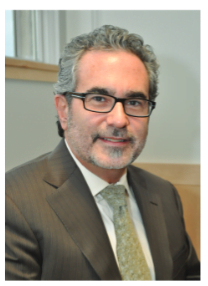
In these times where changes in the field of endodontics are occurring at such a rapid rate, education is of prime importance. We now have instruments that are anatomically driven — meaning that our instruments conform to the natural shape of the root canal as opposed to instruments that create their own shapes, which often alter or enlarge canals excessively. We now have imaging capabilities that allow us to view teeth in three dimensions, clearly seeing pathology where we could never be sure before and, therefore, helping us to better diagnose and treat complicated problems. 3D imaging acts as our GPS for endodontic microsurgery, keeping the osteotomies conservative and avoiding potential problems associated with the sinuses or mental foramen. Since 3D imaging allows us to accurately measure lesions, of equal importance will be follow-up imaging to view true healing.
For years, we have had the advantage of magnification and illumination through the operating microscope, and now the microscope application is expanding to be suited for use in other disciplines with the enhanced, augmented illumination modes (fluorescence, no glare, and composite filters) on the new EXTARO® 300 microscope from ZEISS. The light sources are easier on the eyes and last for thousands of hours without diminishing the quality/intensity of the light. The ability to focus at a greater distance and have all the controls on one button at your fingertips are other examples of improvements in technology. These are just some of the ever-changing advancements in the field, but without the proper training and education, clinicians will never work to their full potential.
Whereas years ago, endodontically treated teeth were being randomly extracted to be replaced by implants due to the “potential” for failure, now the realities of peri-implantitis are known, as well as the predictability of endodontic microsurgery; and the trends are now heavily in favor of saving natural teeth. The goal of the endodontist in today’s competitive environment is to be included in the discussion and treatment planning of compromised cases. What all too often happens is that a tooth may be failing endodontically, and before even given the opportunity to retreat the tooth conservatively or surgically, it gets extracted and replaced by an implant, without even being seen by the endodontist. This is due both to lack of education on the part of the restorative dentist as well as the inability for us as endodontists to proudly stand behind our work and offer predictable solutions to complicated cases. All we can ask for is to be invited to the table and included in the discussion, but we have to remain up-to-date and knowledgeable of all the advancements in our field.
Dr. Sam Kratchman
Stay Relevant With Endodontic Practice US
Join our email list for CE courses and webinars, articles and more..

